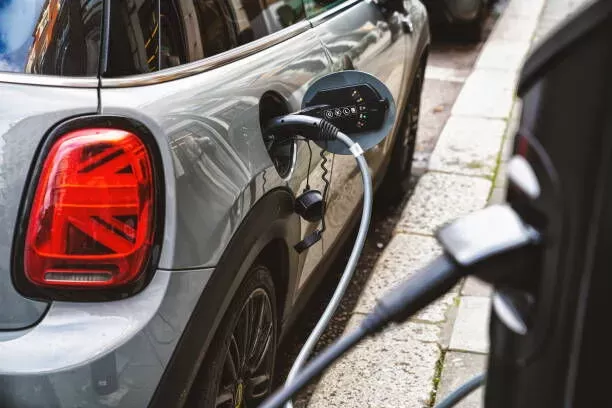Notifications

6 minutes, 28 seconds
-15 Views 0 Comments 0 Likes 0 Reviews

As a professional EV charger manufacturer in China, Topper Company delivers dependable electric vehicle charging stations and comprehensive solutions.
As electric vehicles (EVs) gain momentum worldwide, understanding EV charging options is essential for current and future EV owners. Charging infrastructure directly influences convenience, travel flexibility, operating costs, and battery life.
Whether you’re charging at home, work, or on the road, each EV charger type—Level 1, Level 2, and Level 3 (DC fast charging)—serves different needs. In this guide, we’ll explore how each level works, where you’ll find them, and which scenarios they best suit.
One of the greatest benefits of EV ownership is the ability to recharge at home. Home charging allows you to start each day with a full battery—no detours or gas stations required.
Power Source: Standard 120V household outlet
Charging Speed: Adds 2–5 miles of range per hour
Full Charge Time: 22–50 hours (for full BEV battery)
Best For: Plug-in hybrids (PHEVs) or short commutes
Pros: No special installation needed
Cons: Too slow for most full-electric vehicles (BEVs)
Power Source: 240V outlet (like those used for dryers)
Charging Speed: Adds 10–30 miles of range per hour
Full Charge Time: 4–10 hours (to ~80% capacity)
Installation: Requires a licensed electrician
Ideal For: Overnight charging and daily use by full-time EV drivers
Smart Features: App control, scheduled charging, energy tracking, and load balancing
Workplace charging is growing in popularity as businesses support greener commutes and offer added convenience for employees.
Convenient for daytime top-ups
Reduces home electricity use
Often covers daily commute range
For Employers:
May qualify for tax credits or green certifications
Can be offered free or billed to employees
Supports sustainability initiatives
For many EV users, charging at work meets most weekly energy needs—especially for commutes under 50 miles round trip.
Public EV charging stations are essential for travel flexibility, long trips, and urban charging when home or workplace charging isn’t an option.
Speed: 2–5 miles of range per hour
Use Case: Long-term parking (airports, campuses, garages)
Cost: Often free or low-cost
Speed: 10–30 miles per hour
Typical Locations: Shopping centers, restaurants, hotels, gyms
Charge Time: 5–11 hours for a ~200 km range
Access: Via apps (ChargePoint, EVgo, Blink) for locating and payment
Ideal For: Destination charging while running errands or attending events
Also known as DC fast charging (DCFC), this is the fastest available charging method, ideal for long-distance travel.
Speed: Charges 80% in 15–60 minutes
Power Output: Typically 50kW–350kW
Best For: Highways, travel corridors, fleet charging
Compatibility: Not all EVs support DCFC—check for CCS, CHAdeMO, or Tesla plug compatibility
Ultra-Fast DC Charging: New 150–350kW stations can add up to 200 miles in just 15 minutes for compatible vehicles. These require stronger grid infrastructure and are paving the way for EV refueling that rivals gas stations in speed.
EVs use different plug standards. Here’s a quick guide:
J1772 (SAE): Standard AC connector in North America (Level 1 & 2)
CCS: Combined Charging System, widely used for DC fast charging
CHAdeMO: Used by some Japanese EVs (e.g., older Nissan Leafs)
Tesla Connector: Proprietary, but adapters and CCS-compatible Superchargers are now widely available
Tip: Always check your EV’s connector type before planning a charge.
Modern EV chargers often come with intelligent features to maximize efficiency and user experience:
Real-Time Availability: Check charger status via app
Remote Control: Start, stop, or schedule charging from your phone
Load Balancing: Efficiently distribute power across multiple vehicles
Flexible Payments: Pay by kWh or session using apps or RFID cards
Energy Optimization: Charge during off-peak hours to save costs
These features are especially valuable in public networks, apartment buildings, and fleet operations.
The right EV charger depends on how and where you drive. For most, home charging—especially with a Level 2 station—offers the best mix of convenience and cost-efficiency. Workplace and public chargers provide added flexibility, while DC fast chargers are essential for long trips or emergencies.
As EV adoption accelerates, charging networks are expanding rapidly. Understanding the different charging levels and connector types ensures a seamless EV experience—whether you're commuting locally or planning a cross-country road trip.Know more about Google SEO Directory
China EV Chargers EV Charger Manufacturer EV Charging Solutions

